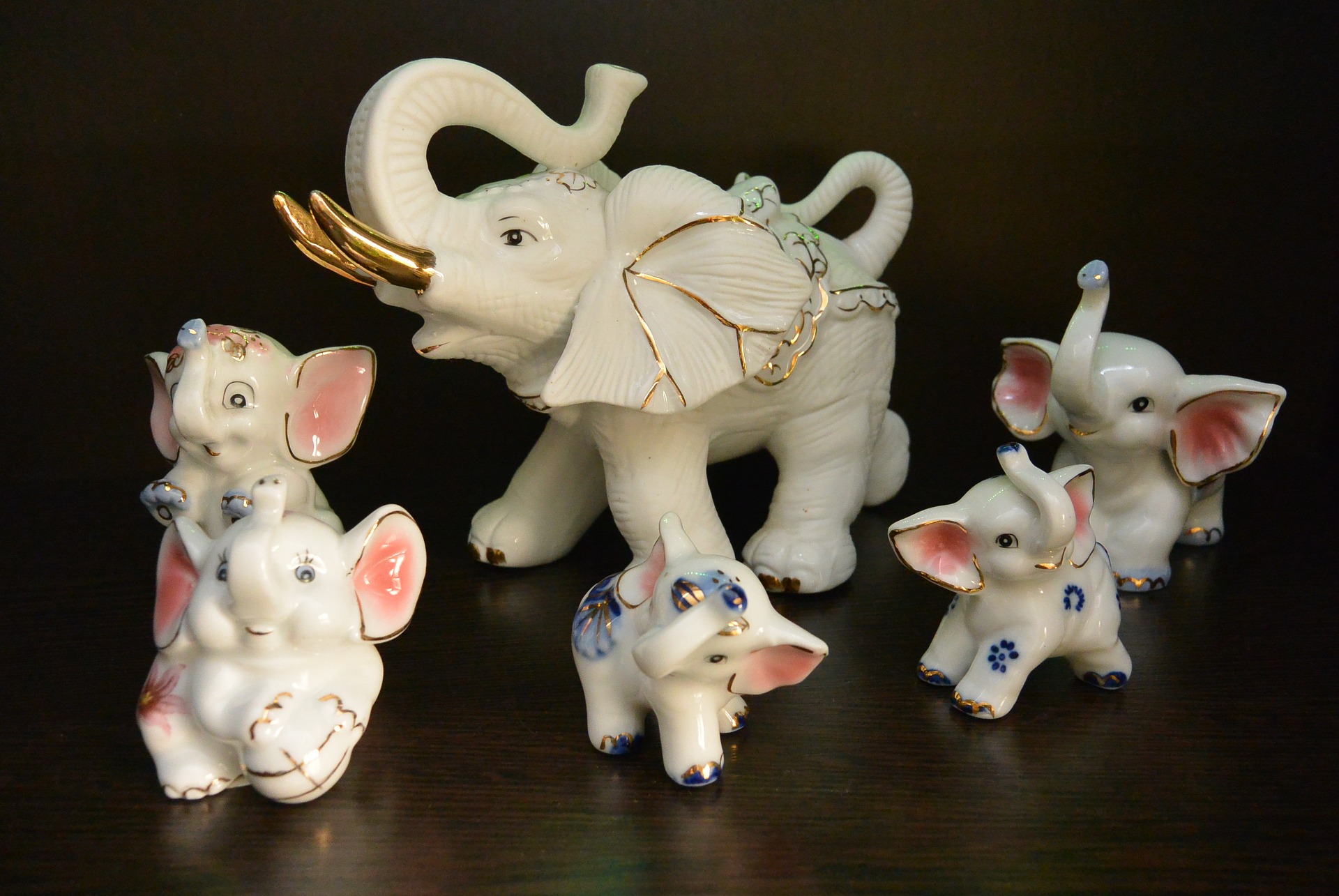Background, Context, and History of In the Bazaars of Hyderabad:
“In The Bazaars of Hyderabad” was written by Sarojini Naidu(1879-1949) during the Nineteenth Century. It was originally written in English which was a rarity during those times, considering an Indian writer. Therefore, this becomes a very important part of the initial era of Indian Writing in English. Sarojini Naidu is also known as the Nightingale of India, and she was a prominent and important figure amongst the Indian Writers from the South. Not only she is one of the very few women writers from that era, but her name is never forgotten whenever women Nationalist activists are remembered, working for the Indian Independence movement. She belonged from Hyderabad, Andhra Pradesh, now the capital of the newly formed state Telangana. However, Naidu published this poem from London during the year 1912 in an anthology or book of poetry called “The Bird of Time” along with some other poems written by her. The New York Times reviewed this poem in 1913 saying, “this poem shines like an oriental gem”.
Currently, it can be said that this poem is not only a prominent part of popular culture but is celebrated humungously. The poem is a part of the syllabi for Civil Services Examinations, Secondary Schools in India and some universities of Europe. This poem has also been modified and incorporated into skits in schools largely because of it being in the question and answer form which makes it easy. These skits help in developing a sense of establishing the importance of our culture in the children’s minds. Not only that, the students create an image of the city Hyderabad, its culture, history, traditions and also the whole conception of bazaars in today’s day and time of shopping malls and online shopping. To promote literary work of women, the students of Sri Meenakshi College for women in Madurai designed a play titled “Love’s Labour” and it contained the distinct and authentic image of the bazaars in Hyderabad.
Summary of In the Bazaars of Hyderabad:
Written with a prime purpose in mind, Sarojini Naidu (also known as the Nightingale of India) was an activist during the Nationalist Struggle in India. This poem was written in the nineteenth century, in order to capture and direct every Indian’s attention to the bazaars of Hyderabad. Basically an attempt to advise all Indians to buy and use Indian products and a part of the larger Boycott movement initiated by many nationalist leaders, including Gandhiji. Naidu’s poem is limited to the bazaars of Hyderabad perhaps because she was herself a resident of Hyderabad and is celebrated there till today. The entire poem is written in a question-answer format and it is commendable as to how Naidu has designed this in a poetic manner. The poem is divided into five stanzas, each stanza is evoking a question at a new stall in the bazaar. The first stanza depicts the poet asking the merchants in the bazaar about what they are selling and they reply in return that they are selling silver and crimson colored turbans, purple brocade tunics, mirrors framed in amber along with daggers which have handles made of Jade.
The second stanza shows that the poet has moved to another stall and has proposed the same question to the vendor about what are they weighing to sell to which the vendors replied it is saffron, lentils, and rice. The poet then moves on to asking some maidens about what are they grinding to which she heard they are grinding henna, sandalwood, and spices. Eventually, by the end of the stanza, the poet asks the pedlars about what they are selling and they answer dice made out of ivory for chessmen.
In the third stanza, the poet moves on to a jewelry shop and asks the Goldsmith about the ornaments that are manufactured at his shop. The Goldsmith answers they made necklaces, wristlets, anklets, rings and kept continuing. He also mentioned the bells they make for the blue pigeons. These bells are tied to their feet and are as delicate as a dragonfly’s wing. Along with all this, they also make gold girdles for dancers and also, scabbards for the kids to keep their swords.
In the next stanza, the poet stops at a fruit shop in the bazaar. She again enquires about what they are selling and she is answered by the fruit sellers that they are selling plums, pomegranates, and lemons. She also meets some musicians along the way who tell her they play the sitar, sarangi, and drums when asked by her. The magicians she meets eventually who answer the same question asked by her that they are chanting magic spells to charm a thousand ages to come.
The final stanza of the poem is about the flower girls who are asked what are they weaving with strands of colorful flowers to which they answer that they are making garlands for bride and groom to be decorated during the wedding night. Along with that, they also weave sheets of white flowers which are placed on graves for fragrance purposes.
Critical Analysis of In the Bazaars of Hyderabad:
Nationalist Importance (Special feature or deeper meaning)
The poem carries a lot of nationalist importance as Sarojini Naidu wrote it with a particular perspective and aim in her mind. She was a nationalist poet and this poem was largely a part of the Boycott movement wherein Indians were encouraged to buy the goods and spices produced in their own country and boycott the foreign goods so that the trade base of the British might fall apart. As a part of this, Naidu writes this poem, beautifully collecting all the colors, spices and goods an Indian market provides, consciously naming it “bazaar” for the Indianness concern of the poem. Since writing in newspapers and magazines could have been dangerous at that time, Naidu took to poetry.
Themes of In the Bazaars of Hyderabad:
Thinking about themes, this poem, especially because of its description of the bazaar in Hyderabad is very close to the folklore tradition. The merchants, traders, hawkers magicians and flower girls along with the charm and enthusiasm in the bazaar render to this image. The way the poet stops over and the little conversations she has brings out the vibrancy and emotional strings present in our society, which drives the poem closer to the Indian culture and identity, reminding the readers of their roots. Emotional strings are touched through the poem also when the bazaar depicted by Naidu describes the various kinds of joy and sorrows present in the Indian society. This paradox is depicted when the poet is talking to the flower girls. The bazaar experiences joy on various festivals and occasions like weddings etc or when the children gather around the magicians. The sorrow is witnessed when people buy garlands or the white flowers the flower girls are weaving for the graves when someone dies. Naidu could also be pointing to the fact that the young Indian men with potential are taken by the British army, and when they die on the battlefields, their families are left in sorrow and helplessness.
Poetic Devices in In the Bazaars of Hyderabad:
Amongst the poetic devices, the most common one is alliteration, because each stanza starts in a similar manner, with “what are you selling?” and “o ye” common in each stanza. This also establishes the rhyme scheme, tone, and beat of the poem. This creates a sort of rhythmic and musical effect in the poem and also when at the starting of each stanza, the poet repeats the question, it emphasizes on the main purpose of the poem. Along with that, the poet has also used paradoxes (of life and death when the poet talks to the flower girls) and imagery at various places in the poem. Last but not the least, the question answer format of the poem renders a feeling as though the reader is present in the bazaar and experiencing whatever is described, themselves.
Imagery:
In order to describe the majesty of the traditional bazaar in Hyderabad, with a tinge of royalness added to it, the poet uses all the senses of the human body, which adds on to the vibrancy of the poem. Beautiful and bright colors are used by the poet which has heightened the visually capturing capacity of the poem. The poet has mentioned colors like silver, crimson red, purple, amber, blue, azure, red and white. They all render different kinds of images, starting from the festival of colors, Holi which is celebrated across the country to the colors one would see on a bride or a married woman, a young girl to an old man who might be dead. The poet also enhances the aural factor of the poem by describing the music produced by the Sarangi, the Sitar and the drums along with the chanting of spells by the magicians. The mention of the fragrances of sandalwood, henna, and flowers sold by the flower girls of different kinds invoke the olfactory senses of the reader. The description of fruits like lemons, pomegranate, plums and famous Hyderabadi specials like lentils and rice awaken the gustatory glands. Another palpable imagery is produced by the bells made for the pigeons in the course of the poem. Thus, the poem hits all the five senses of a human being, which also accounts for a factor of as to how the poem is stylized.
Style of In the Bazaars of Hyderabad:
She evokes all the five senses of the human body – sight, sound, smell, touch, and taste through the description of the bazaar. This could be considered as the style incorporated by Naidu to frame this poem. The colors, the smell of the spices, the music played by the musicians, the magic spells by the magicians, the food items and the flowers all add up to this image. Naidu has adopted the question answer format while designing this particular poem. This has helped the reader feel as a part of the poem and the bazaar as well which makes him/her feel less of an outsider and more of an insider. Eventually, this feeling helps one feel more for the cause of the Boycott movement and hence be a part of it, which is the main purpose of this poem. The various kinds of vendors, merchants, and artisans present in the bazaar give out a vibrant and colorful picture to the reader’s mind. The poem is very picturesque which helps the reader frame it in their own mind and create and judge it in contrast to the western markets and therefore, realize the changes brought in.
Some online learning platforms provide certifications, while others are designed to simply grow your skills in your personal and professional life. Including Masterclass and Coursera, here are our recommendations for the best online learning platforms you can sign up for today.
The 7 Best Online Learning Platforms of 2022
- Best Overall: Coursera
- Best for Niche Topics: Udemy
- Best for Creative Fields: Skillshare
- Best for Celebrity Lessons: MasterClass
- Best for STEM: EdX
- Best for Career Building: Udacity
- Best for Data Learning: Pluralsight















